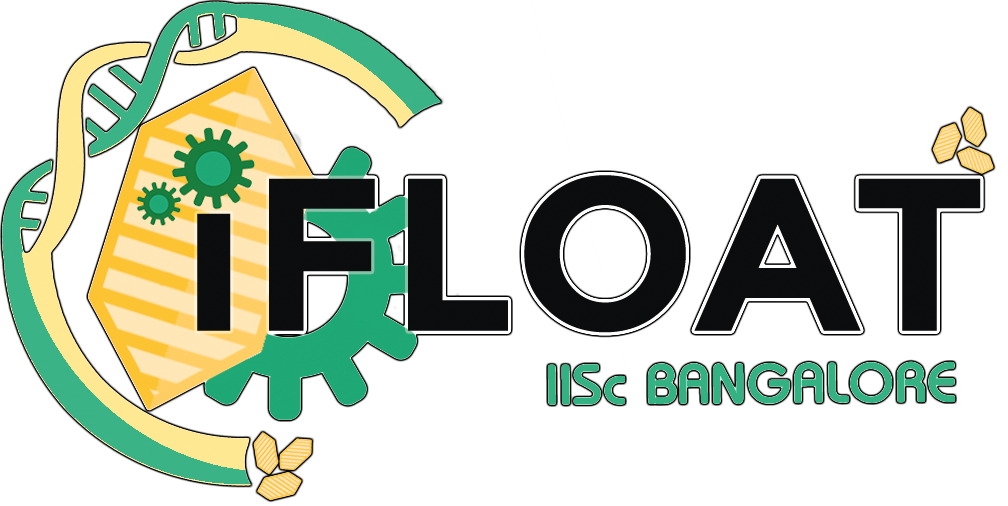Cell Counting: Machine Learning
Our initiative to automate cell culture experiments using GCODe extended itself naturally into a software component — to count cells from images automatically. Haemocytometry — a cell counting technique traditionally used to count blood cells — uses a glass slide etched with a grid to provide a systematic way to estimate cell counts. Analyzing haemocytometer images manually is extremely tedious and some cell-counting programs exist to count these cells automatically, but none use the infinite versatility of neural networks.

As a result, we tried to develop our own Machine Learning-based cell counting software, using Artificial Neural Networks. To do this, we needed images of cells to train our algorithm to distinguish between cells and background under various conditions of lighting and image quality. We initiated an All-India iGEM team collaboration, in which teams across the country — Team IISER Pune, Team IISER Mohali and Team IIT Madras — helped us to gather images that formed the training data sets for our neural network, following a detailed protocol we sent them. We were not able to achieve the desired results, due to issues with our model. A detailed description of our efforts is given below:
Cell Counting using Machine Learning: A Haemocytometry Collaboration - IISc iGEM
A Literature Exchange: UAlberta
Database Contribution: IIT Madras
As part of Team IIT Madras' initiative to collect protocols and information about different chassis organisms used in synthetic biology, they reached out to us during the iGEM 2017 All-India Meet-Up to request information from us.
Over the summer, we had worked on Saccharomyces cerevisiae and Pichia pastoris for eukaryotic recombinant protein synthesis, and had protocols and data available, which we promptly submitted to IIT Madras' database as a contribution. Kartik from their team commented on our submission: INSERT HERE












